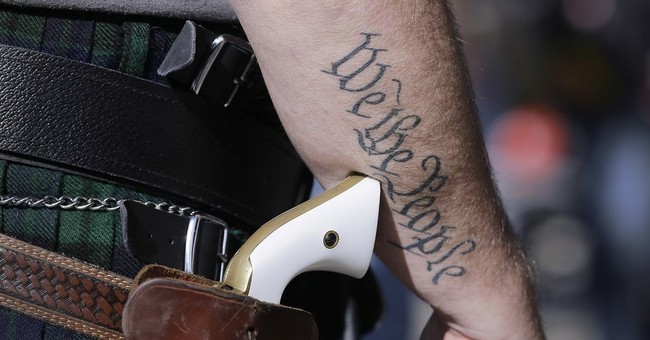https://townhall.com/columnists/johnrlottjr/2018/07/27/9th-circuit-decision-n2504266Hawaii and California's Huge Second Amendment VictoryBy John R. Lott, Jr.
July 27, 2018

Tuesday’s decision by the 9th Circuit Court of Appeals means that people in the western U.S. will now be able to openly carry a handgun in public. The decision only applies to districts under the 9th Circuit’s jurisdiction, but it will likely soon affect the rest of the country. It is a huge ruling that strikes down existing state prohibitions in Hawaii and California.
The case involved George Young, who wanted to publicly carry a firearm in the State of Hawaii for personal self-defense. Young applied twice for a handgun permit to carry either openly or concealed, but they denied his application each time. Hawaii’s laws require demonstration of “reason to fear injury to the applicant’s person or property.†Similar rules apply to open carry. But, in fact, Hawaii refuses to acknowledge that anyone has good reason to fear for their safety and is not issuing a single permit.
The Second Amendment was clear when it enshrined the “right of the people to keep and bear Arms.†The Supreme Court has stated: “‘Keep arms’ was simply a common way of referring to possessing arms. . . . At the time of the founding, as now, to ‘bear’ meant to ‘carry.’†As with a previous decision by the 7th and DC Circuits, people have the right to carry. The government can’t stop otherwise law-abiding Americans from any ability to protect themselves outside their home.
Even states that never (Hawaii) or virtually never (California) issue concealed handgun permits will now have to allow people to openly carry handguns in a holster.
Gun control advocates could appeal the three 9th Circuit judges’ decision to the entire 9th Circuit (an en banc decision). The court as a whole is very liberal, and may very well reverse Tuesday’s decision. But such a ruling would definitely be appealed to the U.S. Supreme Court, which would presumably overturn it.
This would make open carry legal nationwide.More at URL above...